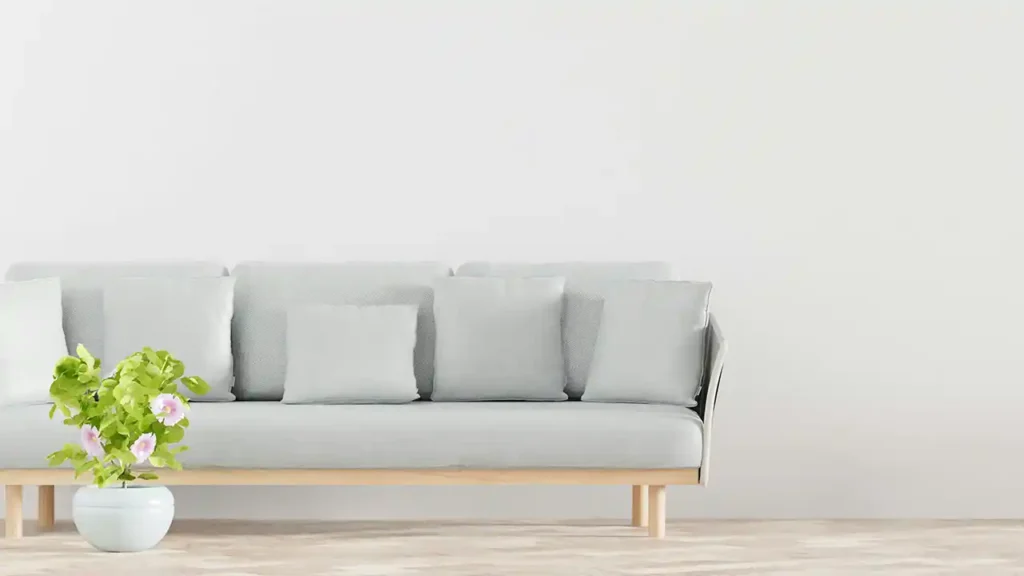Your cart is currently empty!


At Society of ReCreation, we believe that upcycling is more than just a design choice—it’s a movement rooted in history, necessity, and creativity. While today’s upcycling culture is celebrated for its sustainability and artistry, its origins stretch back centuries, evolving from a practical necessity into a global trend.
Upcycling Through the Ages
Ancient Practices: Making the Most of Materials
Long before the term “upcycling” was coined, civilizations repurposed materials out of necessity. The Romans practiced spolia, reusing architectural elements from older buildings in new constructions. Similarly, in Japanese culture, the art of Kintsugi—repairing broken pottery with gold—embraced imperfections while extending the life of objects.
War-Time Resourcefulness
During World War II, scarcity led to a surge in upcycling. The British government launched the “Make Do and Mend” campaign in 1943, encouraging citizens to repair and repurpose clothing rather than buy new. This era reinforced the idea that creativity and resourcefulness could combat waste.
The Rise of Upcycled Art & Design
In the 1950s and 1960s, artists began incorporating discarded materials into their work. The Junk Art Movement, pioneered by artists like Robert Rauschenberg, transformed scrap metal and broken machinery into sculptures. This artistic approach laid the foundation for modern upcycling, proving that discarded materials could be reimagined into something valuable.
Upcycling in the Modern Era
The term “upcycling” was officially coined in 1994, but the practice had already gained momentum. As environmental concerns grew, designers and businesses embraced upcycling as a sustainable alternative to mass production. Today, upcycled furniture is a statement of craftsmanship, sustainability, and individuality—values that define Society of ReCreation.
Upcycling Today: A Movement of Sustainability & Style
At Society of ReCreation, we honor the legacy of upcycling by transforming forgotten furniture into one-of-a-kind pieces. Every item we restore carries a story—blending history with modern aesthetics while reducing waste.
Upcycling is no longer just about necessity; it’s about rethinking design, celebrating craftsmanship, and making conscious choices. Whether it’s a repurposed wood table or a reinvented chair, each piece reflects the evolution of upcycling—from survival to sustainability, from practicality to artistry.
Join us in shaping the future of furniture—one upcycled creation at a time.
Tags:
Share:
Leave a Reply